Artists often turn to the works of other great masters for inspiration, recognition or to pay tribute. What's it? Plagiarism or homage? In art, it can be difficult to distinguish them. Where is the thin line that cannot be crossed?
The editors of Art of Her decided to sort out this difficult question and give an answer: what are the differences between homage and plagiarism.
Homage
Homage is a work-imitation of another creator. A tribute to the master. It can be used both in painting and in cinema, music, literature, design.
There are many examples in art when the author made homage, which was done very competently, with a certain portion of homage and so on.
In 1945-1946, the famous artist Pablo Picasso worked on a series of lithographs "Bull".
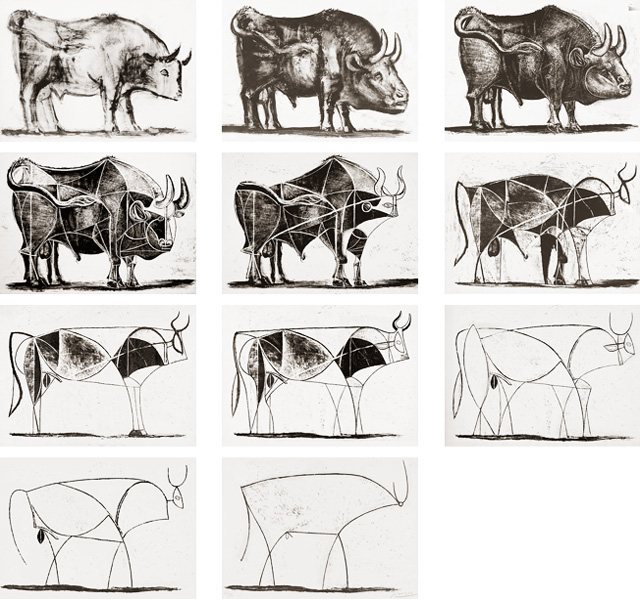
Almost 20 years after the creation of the paintings, American pop art artist Roy Fox Lichtenstein decided to create several homages in memory of the great creator. He did not try to repeat the work completely, but even, on the contrary, experimented with sketches in every possible way and created more in the style of Kazimir Malevich than Picasso. And of course, it was not without the main style of the author of the pop art game with paints. In the end, an abstract geometric composition turned out. Thus, the work became a new reading of the idea in a new genre.
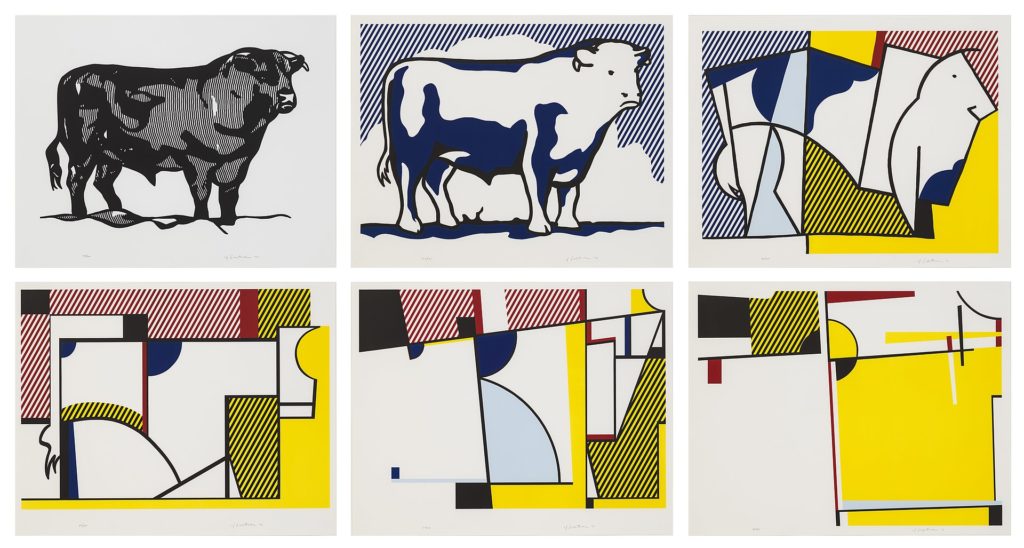
Here is another example. The work of German sculptor Stefan Balkenhol. He made homage to the painting by Edouard Manet "Breakfast on the grass". He took the main character from the canvas and presented her as a sculpture, placing her in front of a panel with other participants of the work.
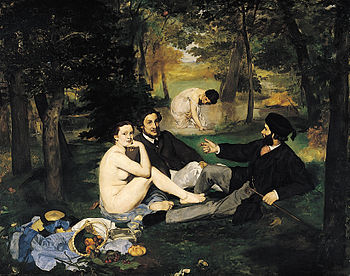
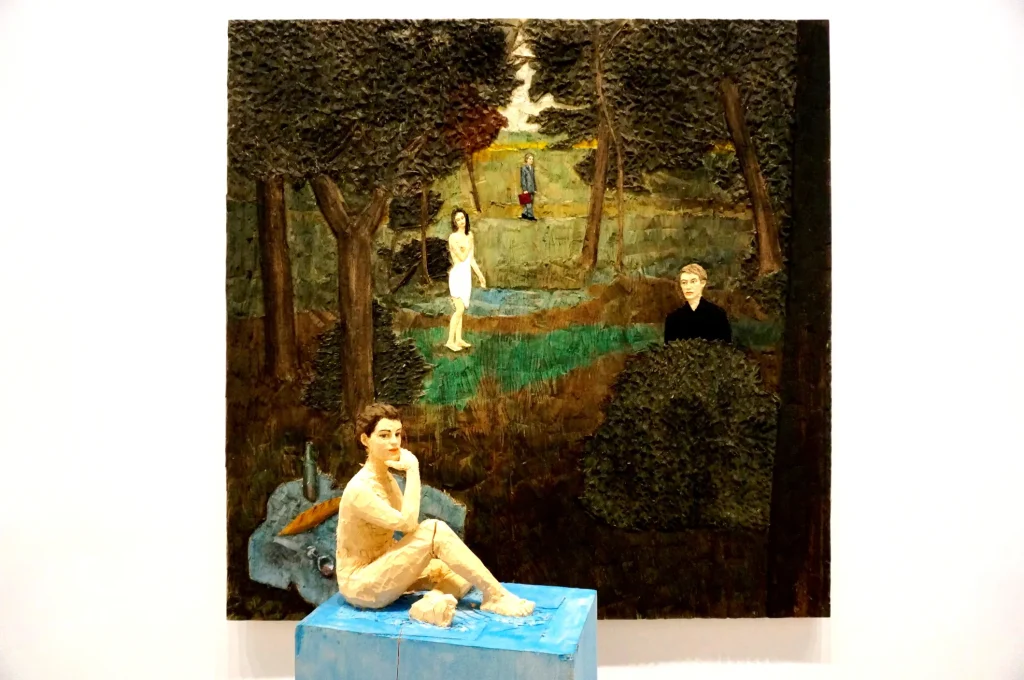
We will immediately guess something familiar in these works. Because they've already seen it somewhere. This is the nuance of homage. As a rule, the artist does not hide the homage, but on the contrary openly broadcasts it to the viewer.
Andy Warhol distinguished himself here more than others, who made silk–screen prints - circulation images of stars. Andy could take a photo he liked from the cover of a fashion magazine, print it in his acidic style, and – voila, the work is ready. That is, the use of ready-made images has become a method, it is not plagiarism, but quoting, dedication, homage.
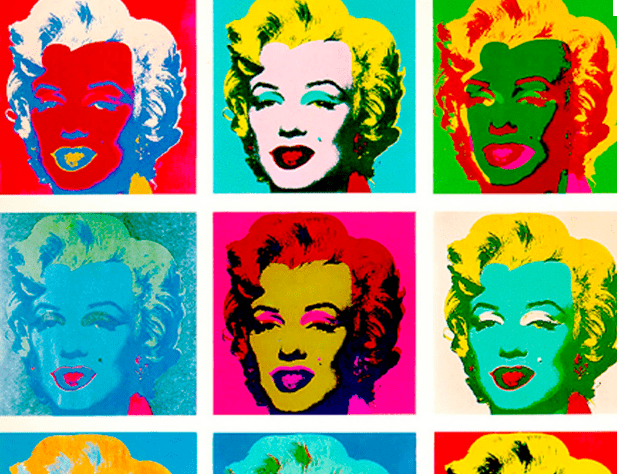
But here you need to understand that plagiarism as a method and plagiarism as a tool are not the same thing. There are also, of course, allusions and references. They are also somewhat different, but that's another story.
Plagiarism
Plagiarism is the publication of all or part of someone else's work under their own name.
More than once, one of the richest artists of our time, Jeff Koons, has come across "verbatim" plagiarism. Everyone knows his "inflatable" ballerina in New York. A 13-meter ballerina gracefully adjusts a pointe on the square in front of the Rockefeller Center. According to the author, it symbolizes the mythological goddess Venus, who was the goddess of love, sex, beauty and fertility. However, it turned out that the American copied his ballerina from the porcelain figurine of the Soviet artist Oksana Zhnikrup "Ballerina Lenochka". Zhnikrup died back in 1993, and before that she worked at the Kiev Experimental Ceramic and Art Factory, where she made this figure. Koons came across a statuette somewhere and "licked" the image of a ballerina from "a" to "z".

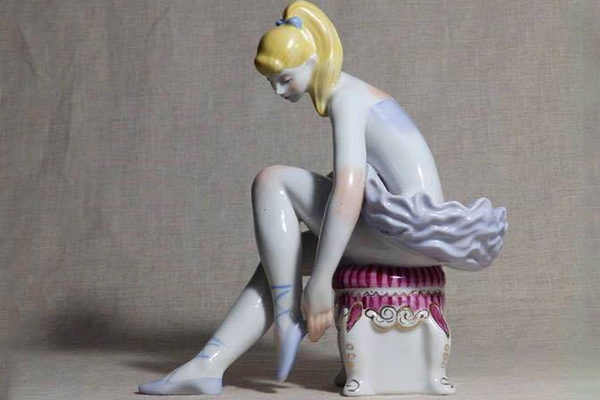
Интересно, что Кунс довольно часто был обвинен в плагиате. Одна из таких историй закончилась судом, который приговорил Кунса выплатить 135 000 долларов компенсации за плагиат.
As a rule, artists are accused of plagiarism who hide the author of the idea (work) and pass off the work as their own. In addition, such work brings financial benefits to the accomplice, which is punishable by criminal punishment in all countries of the world.
However, in the community of artists there are constant accusations of plagiarism against each other. The thing is that some natural and chronological events occur at the same time by tens of thousands of artists. The Internet and social networks have made us "people of the world" who promptly learn about all events on any part of the Earth. It is almost impossible to remain indifferent. From this, the same works of masters who depict the same event occur. It is almost impossible to understand such situations, to determine who is right and to blame.
The problem of the difference between plagiarism and homage will always be relevant. Art likes to turn to the past and revive its former greatness. As long as art exists, this dilemma will also exist.






Карагандинский областной экологический музей
Арт галерея «MONARBAT» Кайрата Кэй-Кэй